Ability surpassing
general contractors
Why Suiundo is selected
Wood procurement, design by our in-house architects, and construction by our own master carpenters.
Wood procurement, creation of design drawings by in-house architects, processing of construction materials at our own workshop, and on-site construction by our own carpenters.
Suiundo is able to carry out all the work required for its own architecture in-house.
This is why Suiundo is selected by temples and shrines throughout Japan.
Some major general contractors only take orders and outsource all actual design supervision and architecture, but Suiundo can handle everything from start to finish.
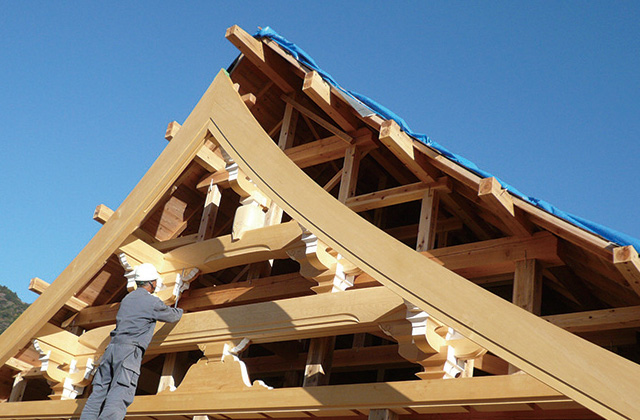
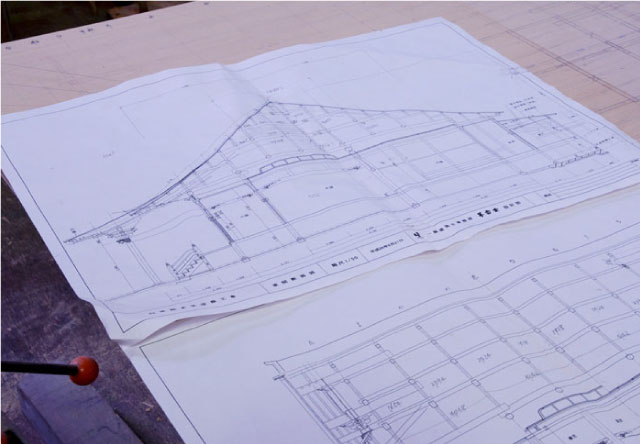
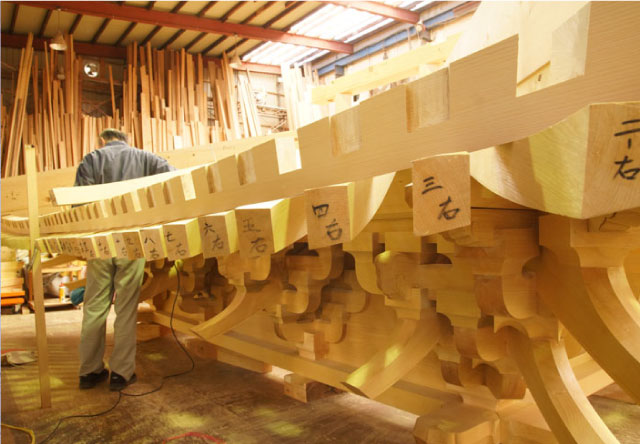
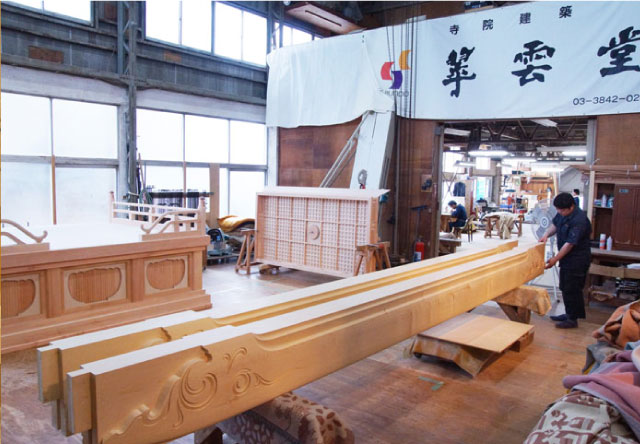
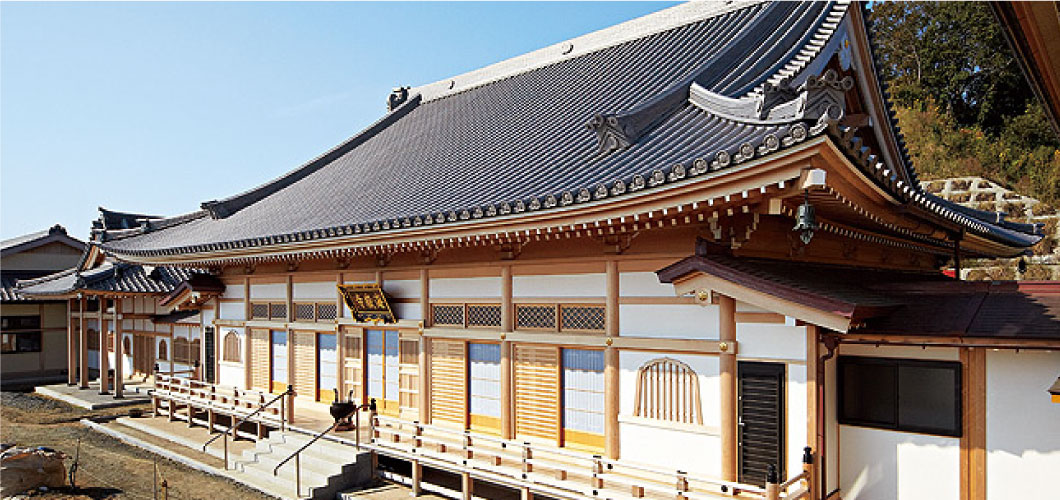
In 1955, Dr. Yasushi Tanabe (1899-1982), a professor at Waseda University and a leading authority on castle architecture, was appointed as an advisor.
Furthermore, we have developed our temple architecture department by seeking guidance from many experts, including Dr. Minoru Ooka (1900-1987) who were the design supervisors for Nara's Yakushi-ji Temple.and Dr. Minoru Koida (1879-1965),
Currently, there are 4 first-class architects and 3 second-class architects working at the Matsudo workshop, where Suiundo's head office is located, and the workshop employs more than 20 temple carpenters and craftsmen.
*Yasushi Tanabe, Architectural and Art Historian: Laying the foundations for the architectural history of ancient buildings in the Kanto region.
His major works include ‘Research on Ancient Architecture in the Kanto Region,’ ‘The Mausoleums of the Tokugawa Family,’ ‘The Architecture of Nikko Tōshōgū Shrine,’ and ‘Ryūkyū Architecture.’ Not only research, he has designed a large number temples. Professor emeritus Waseda University.
*Minoru Ooka: Architect and architectural historian. Former director of the Horyuji Temple National Treasure Preservation Office and dean of the Faculty of Engineering at Yokohama National University.
Major works: ‘Research on the Seven Great Temples of Nara,’ ‘Design and Techniques of Japanese Architecture,’ etc.
*Minoru Koida, architect and architectural historian: In addition to restoring cultural properties in Nara, Kyoto, Kamakura, and other locations, he has designed many Shoro-do (bell towers). Professor Emeritus, Kobe University.

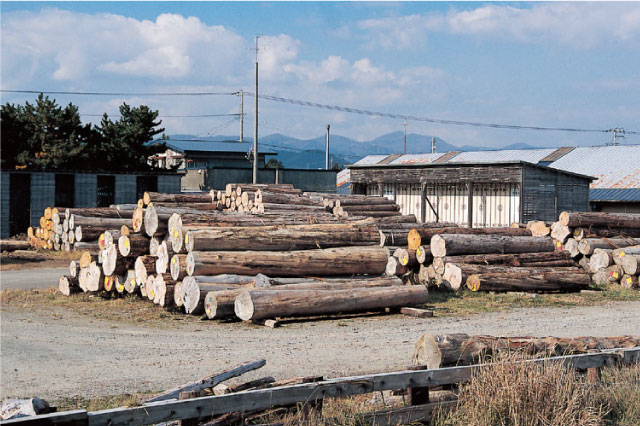
Stock of wood such as cypress, zelkova, and Aomori hiba, which are essential for temple and shrine architecture
Suiundo has accumulated a wealth of wood necessary for temple and shrine architecture over many years.
We have put more than enough effort into stockpiling large-diameter Japanese zelkova, Korean pine, and Yellow Cypress, which are major components of architecture.
Our sawmill is located in Aomori City, where we mainly process precious wood such as Aomori hiba.
We also have a sufficient supply of Kiso cypress, which is essential for producing Buddhist and Shinto ritual implements.
We also offer a wide selection of precious woods from all over Japan to meet customer requests, including rare woods used for alcove pillars and ceiling panels in tea rooms.
The Matsudo head office workshop also peels wood for sawmills, so it is always filled with the fresh scent of wood.
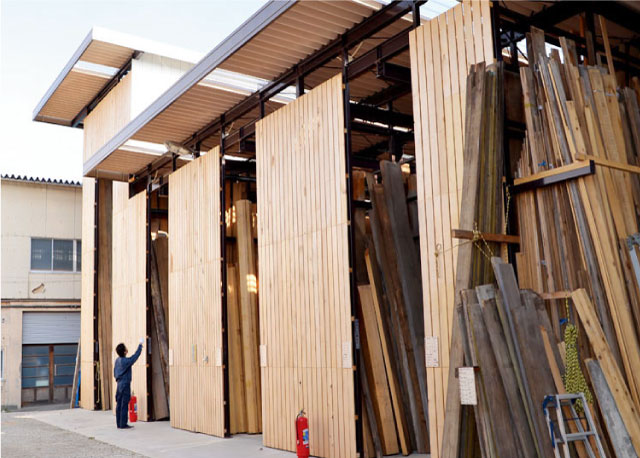
We can meet a wide range of requests, from temple and shrine architecture to Sukiya architecture.
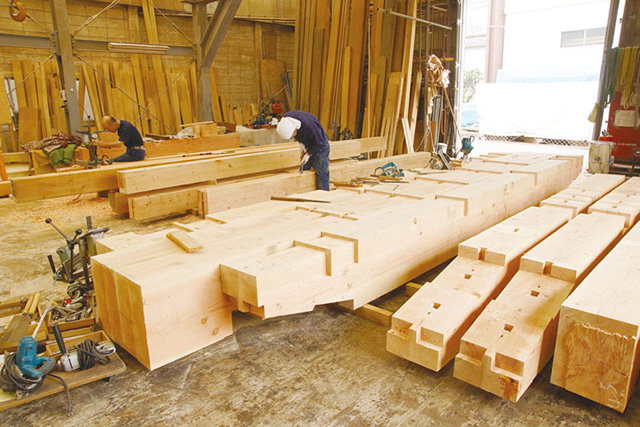
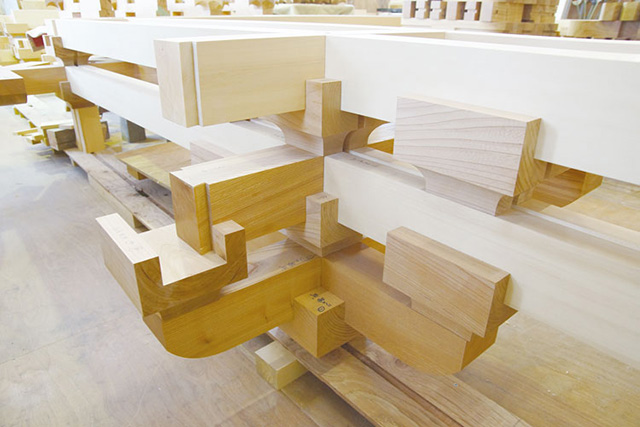
Ritual implements made from carefully selected materials, with excellent designs and craftsmanship
Since its founding, Suiundo has been engaged in the production of temple ritual implements. Our temple ritual implements, which are carefully selected for their materials and craftsmanship and feature outstanding designs, are highly regarded by temples throughout Japan.
The design of temple ritual implements requires a thorough understanding of traditional styles, techniques, and materials. Through orders from temples of various sects, Suiundo has refined its unique skills in the design and craftsmanship of Buddhist ritual implements.
Suiundo specialises in producing ritual implements for temples in harmony with their architecture. At our workshop in Matsudo, we can arrange wooden bases and models of ritual implements in their actual locations, allowing customers to see their size and appearance in real life, which is very popular.
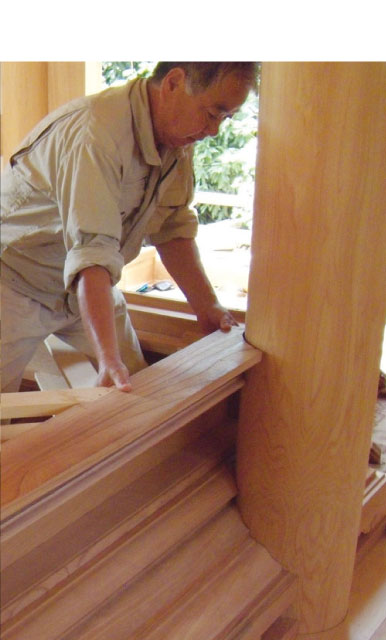
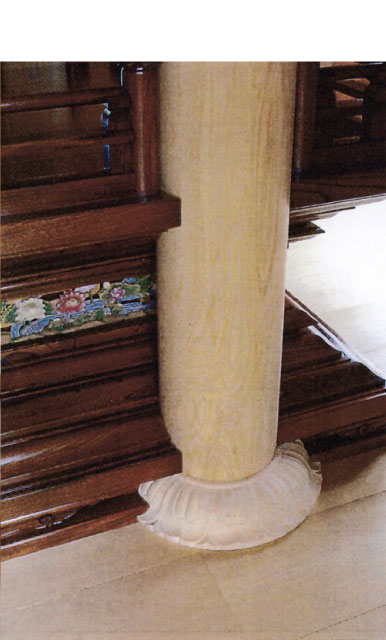
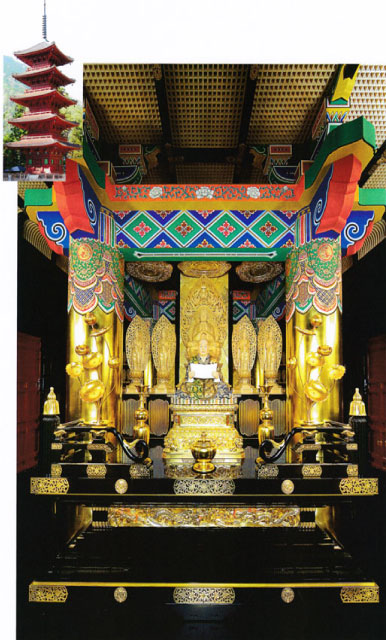

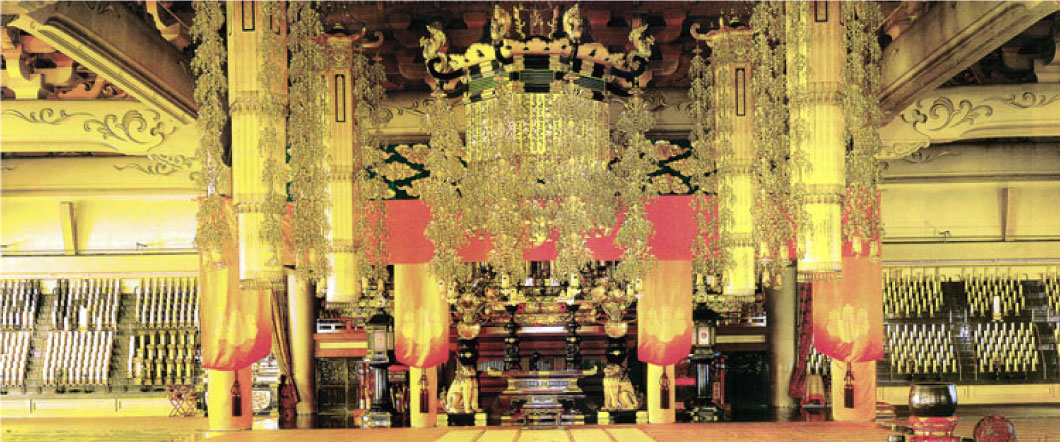
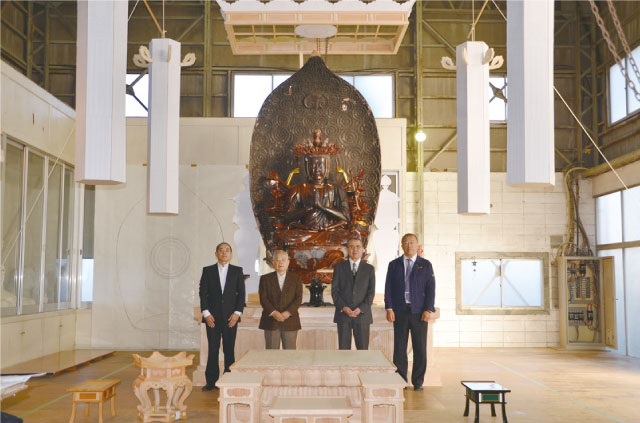
At the Suiundo Matsudo workshop, with its 8-metre-high ceilings, we can lay out the principal image and ritual implements in a way that cannot be realised from drawings alone.
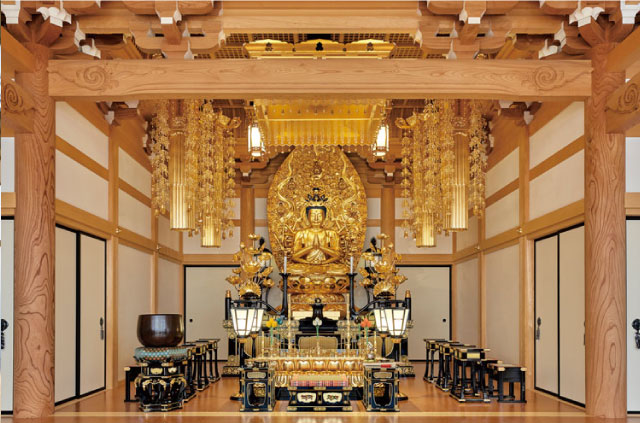
Experience in producing Great Buddhas
We hold a patent for ‘prototype production methods for large cast Buddha statues’ for the production of large cast Buddha statues ranging from several metres to over 10 metres in height, and have produced numerous cast Buddha statues.
We also have experience producing large wooden Buddha statues, such as the 545 cm tall Nio statue at the grand head temple Soji-ji.

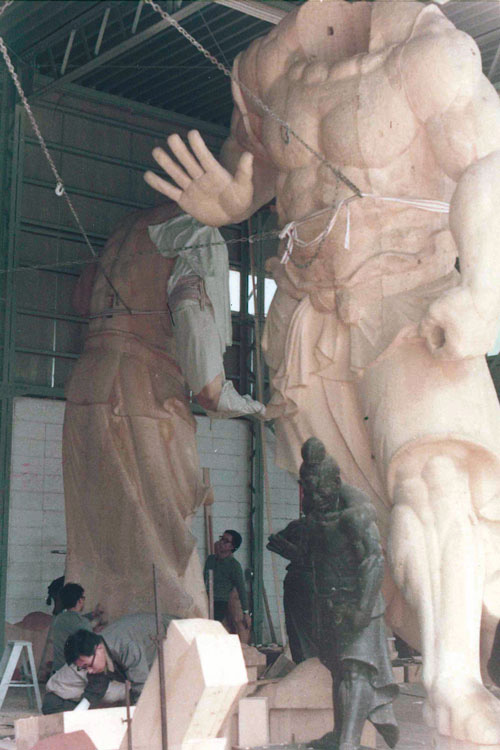
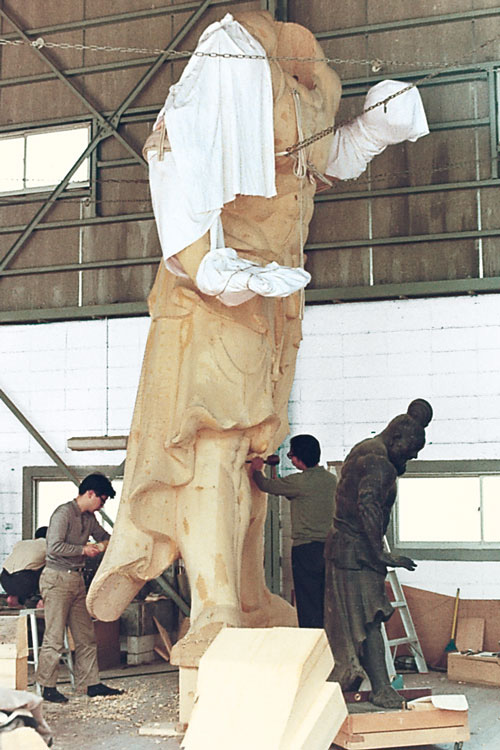
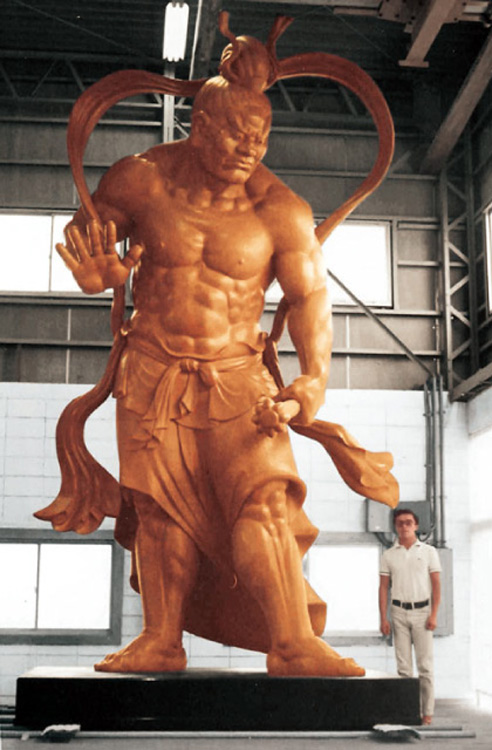
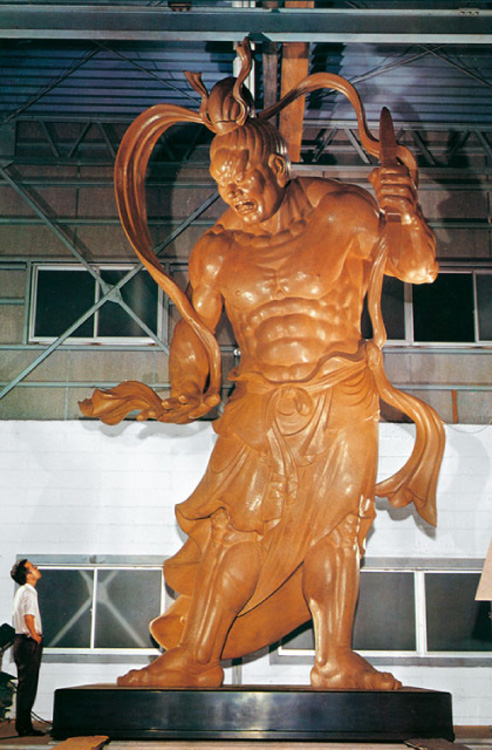
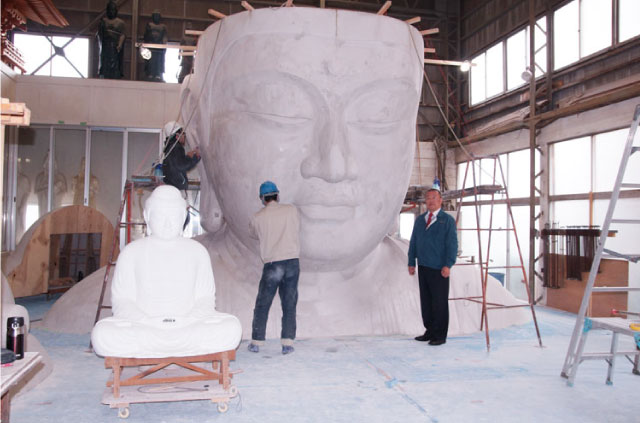
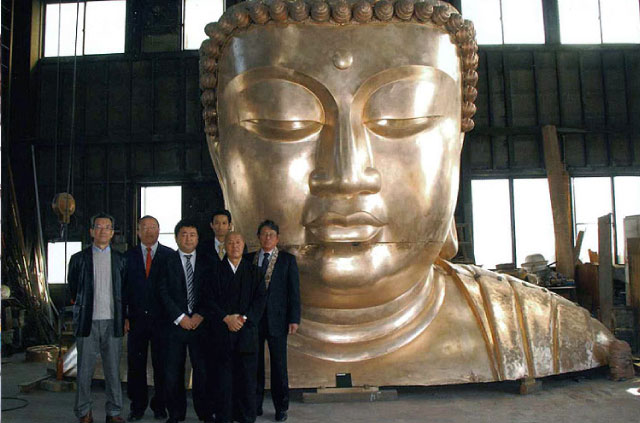
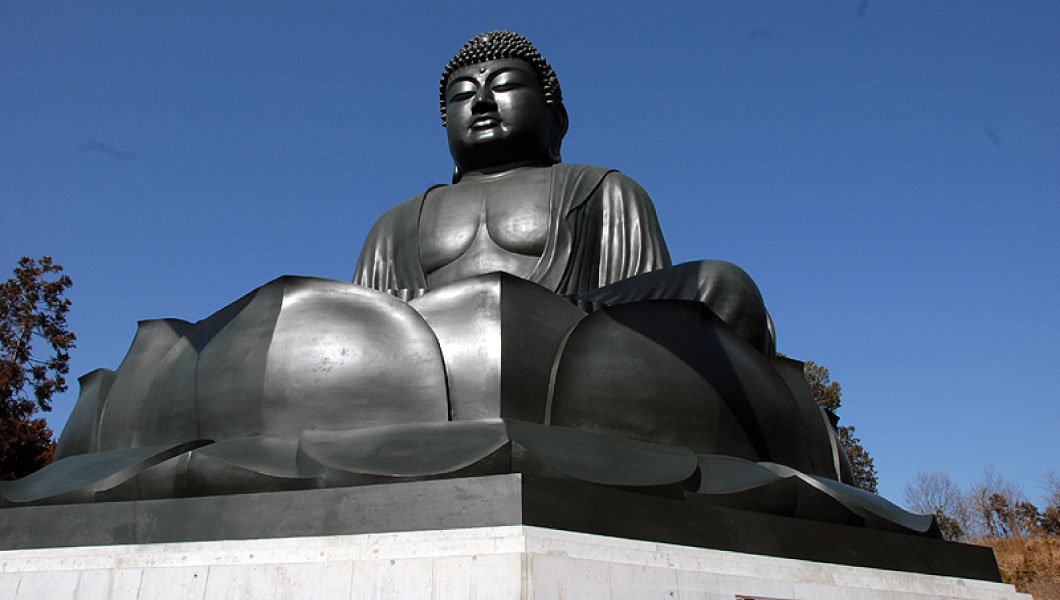
- TOP
- Why Suiundo is selected


